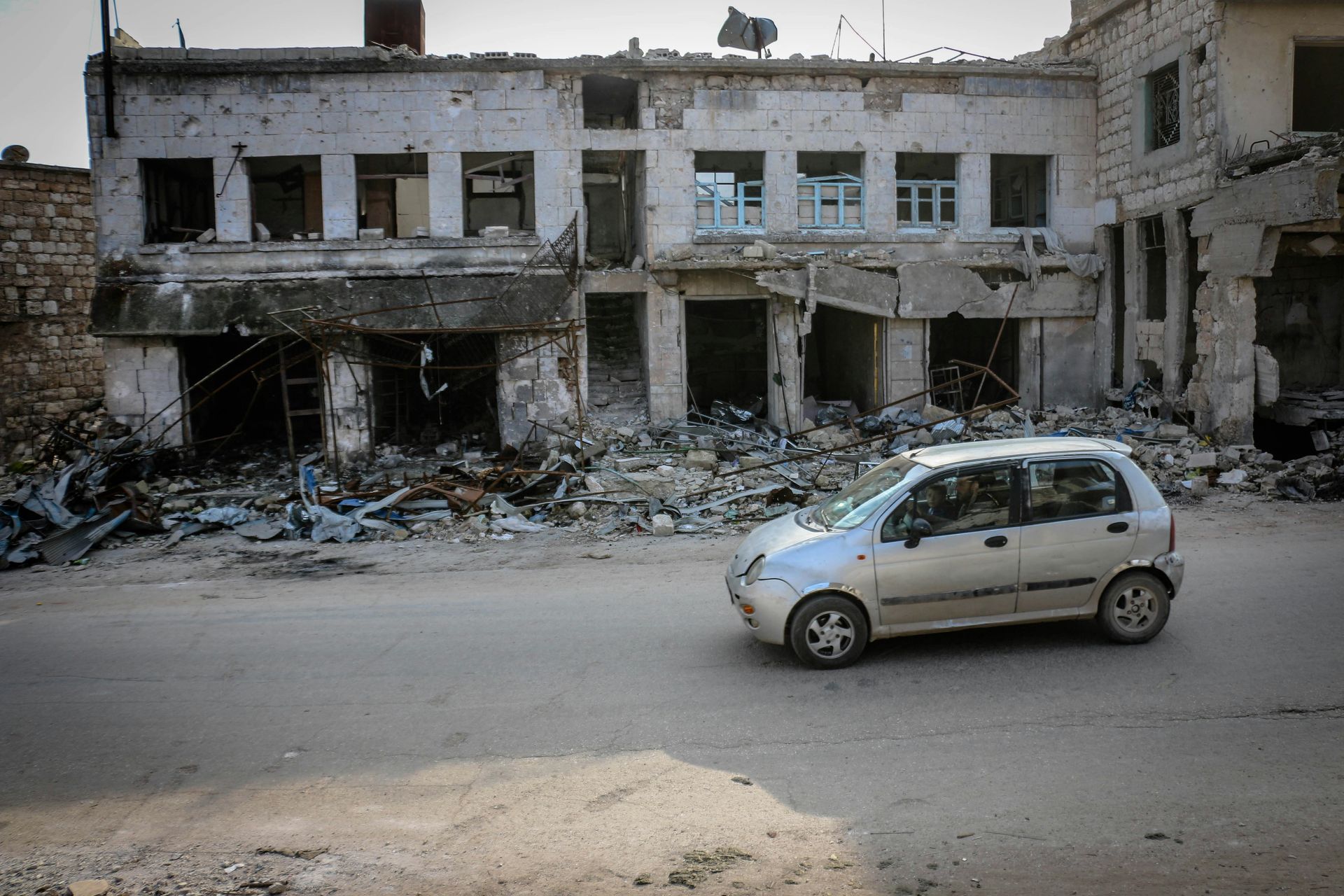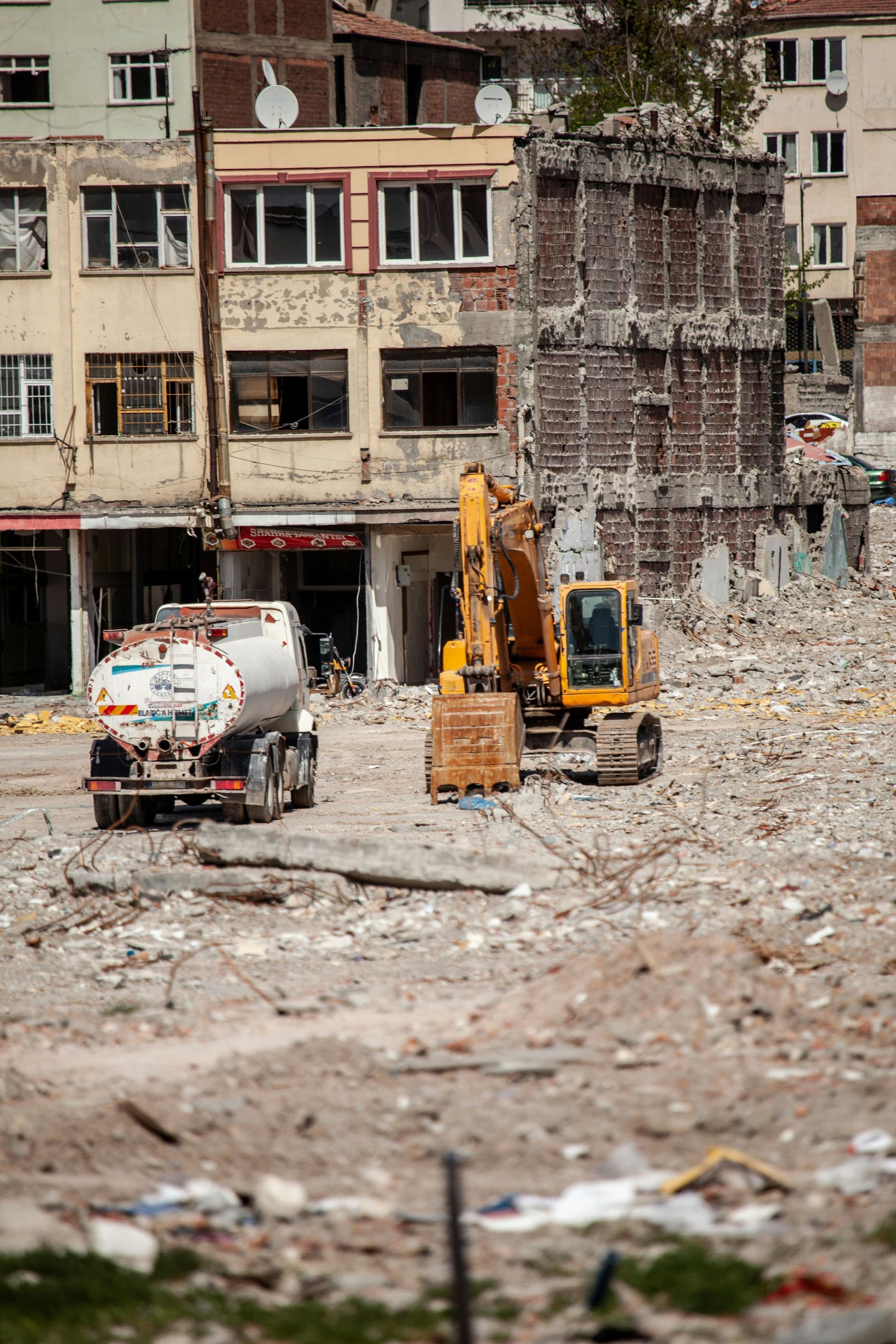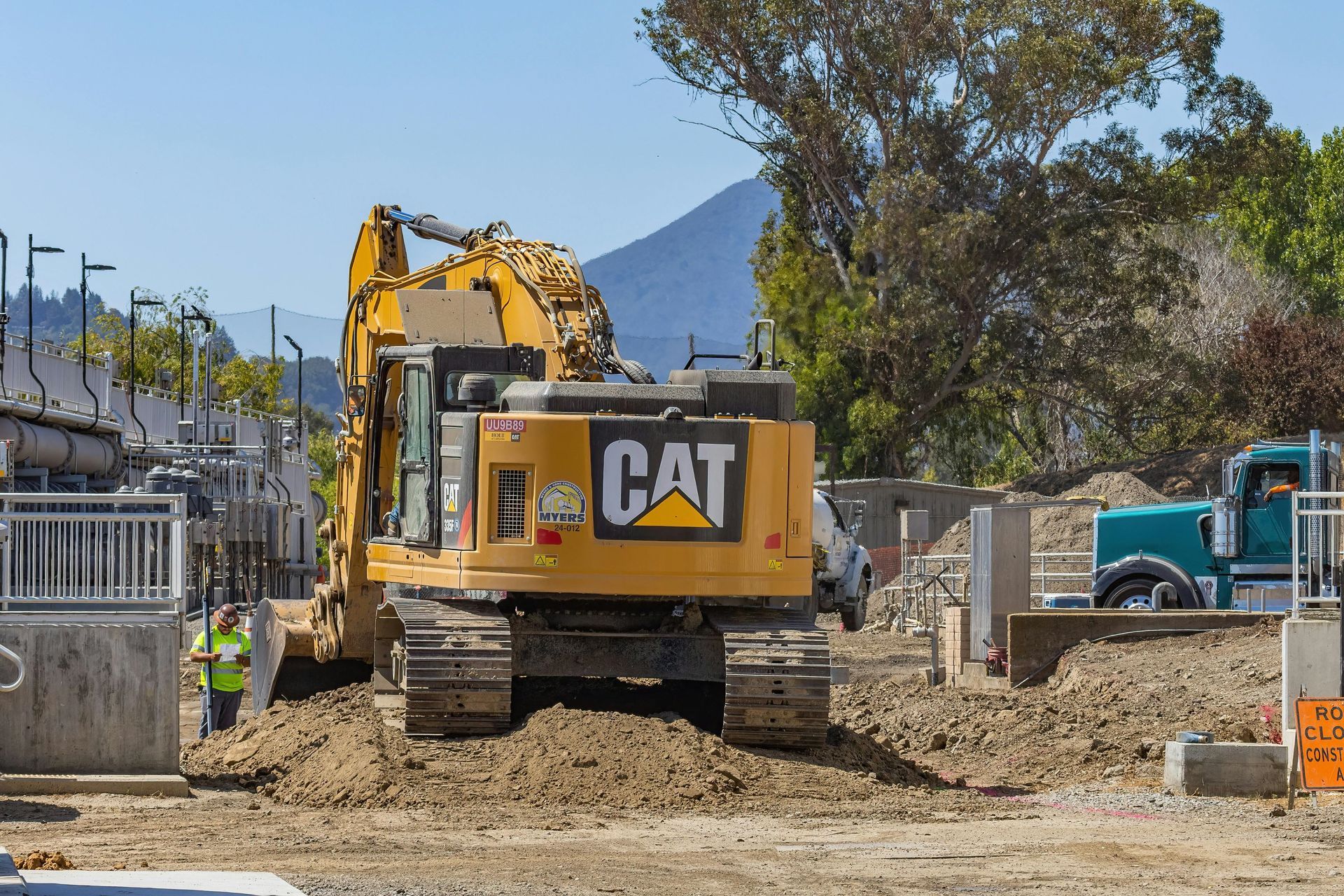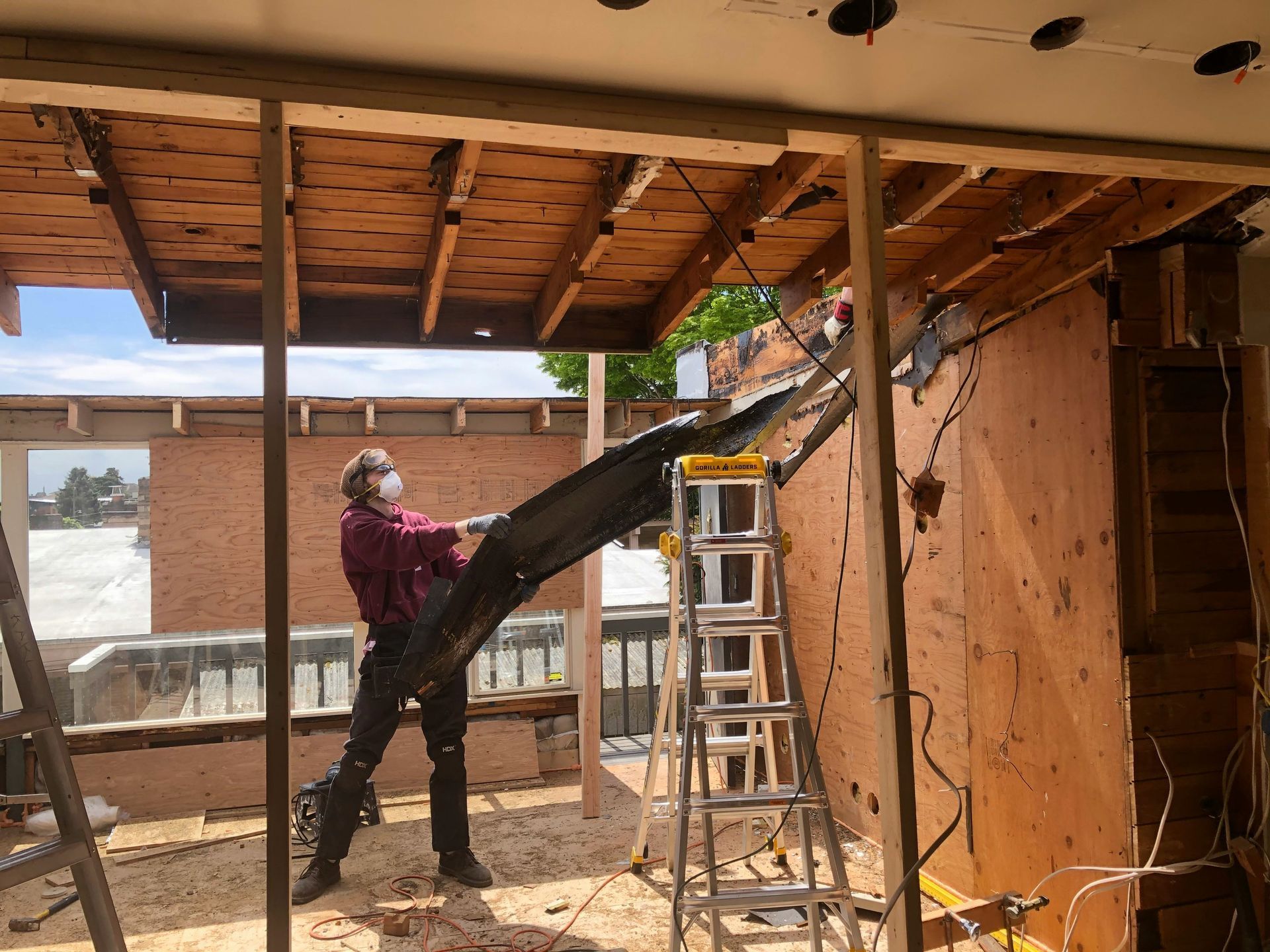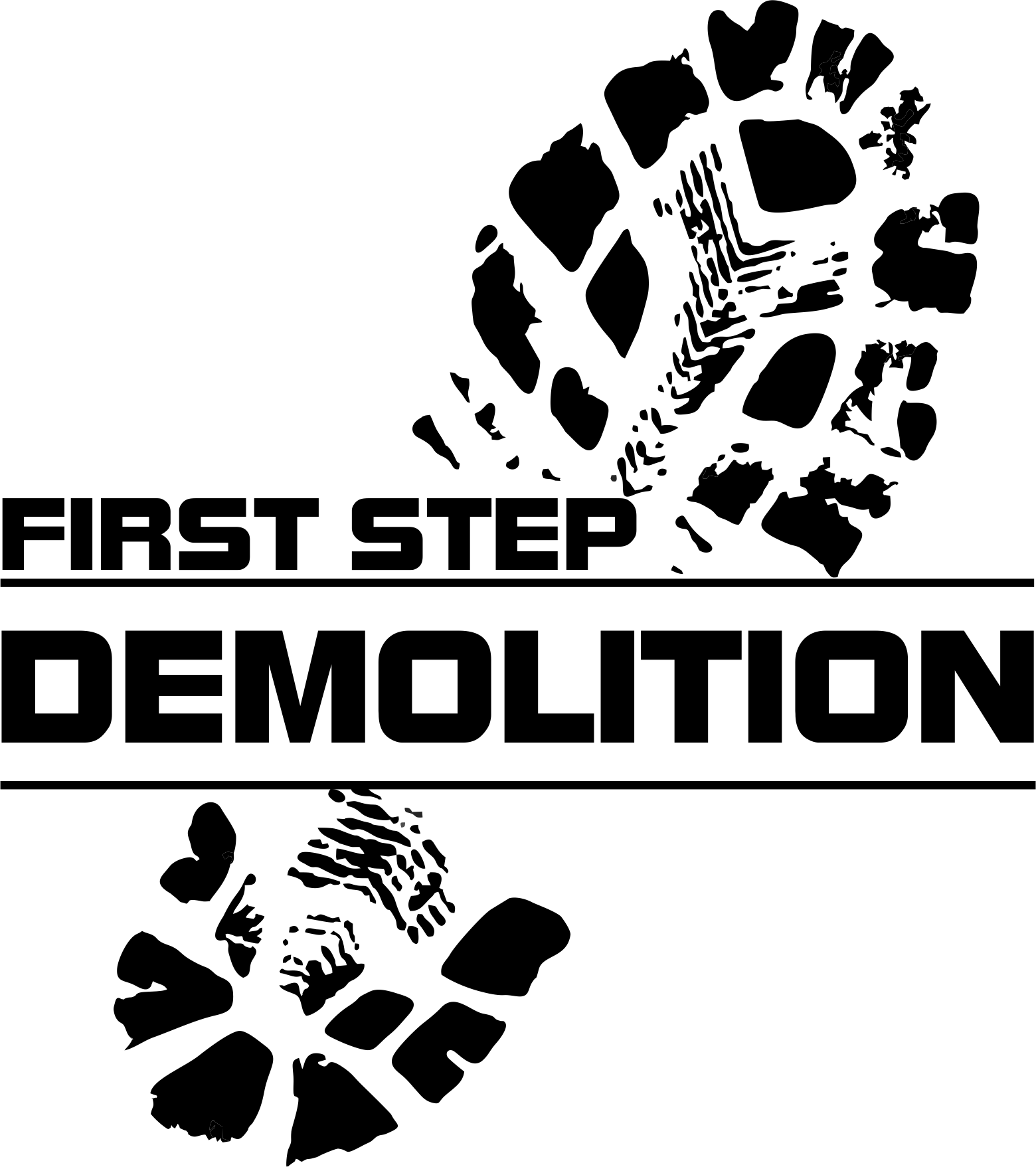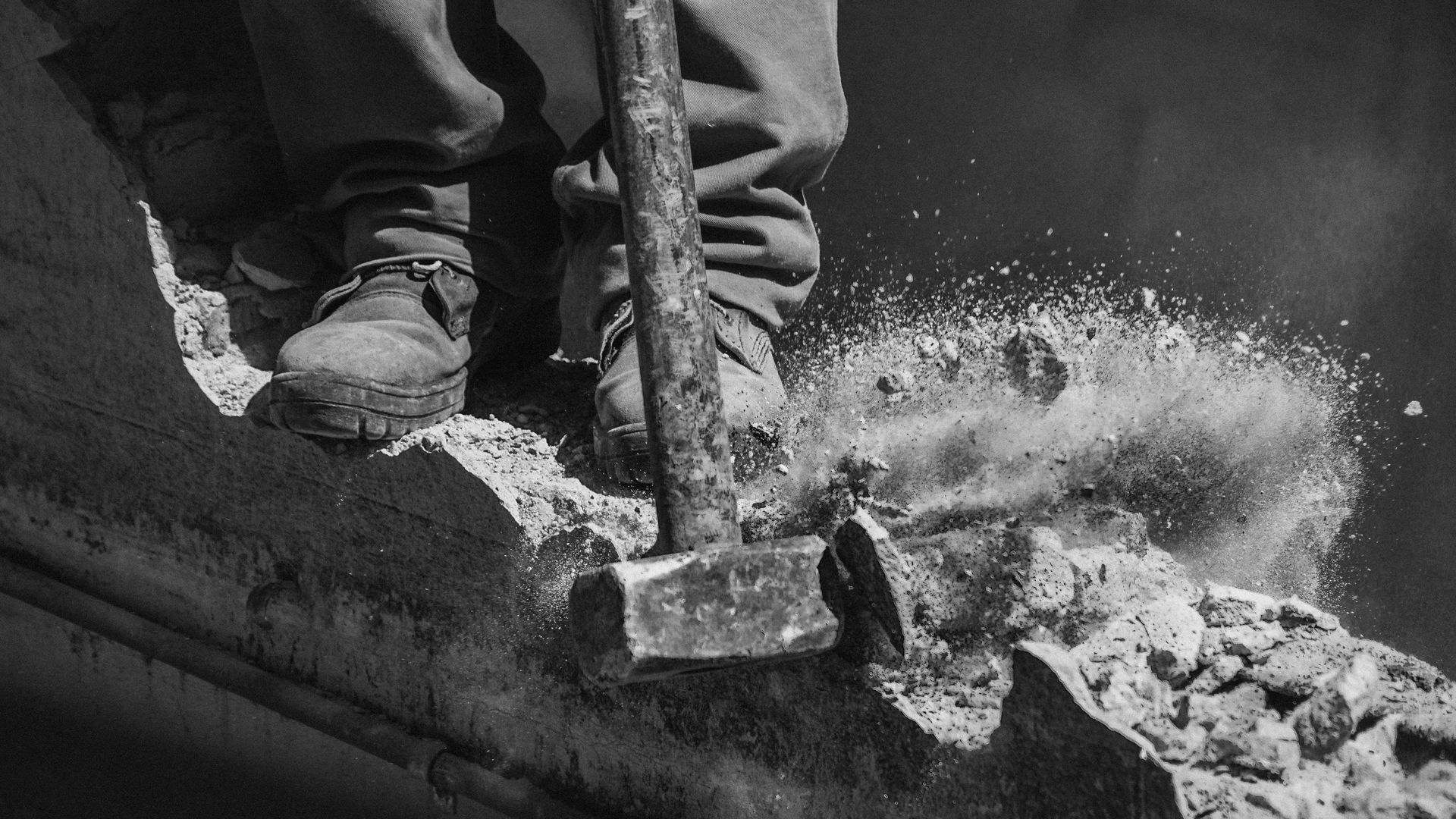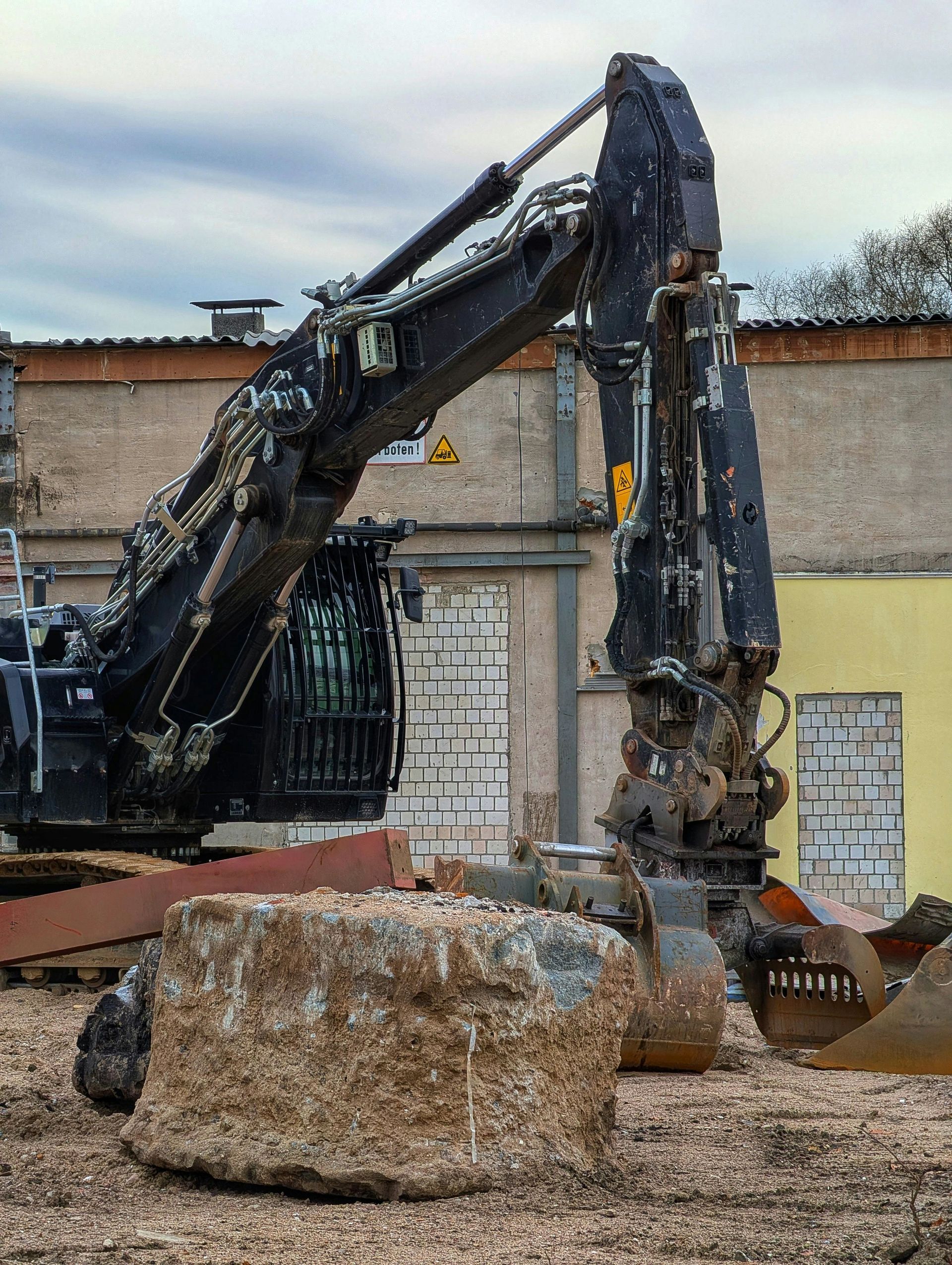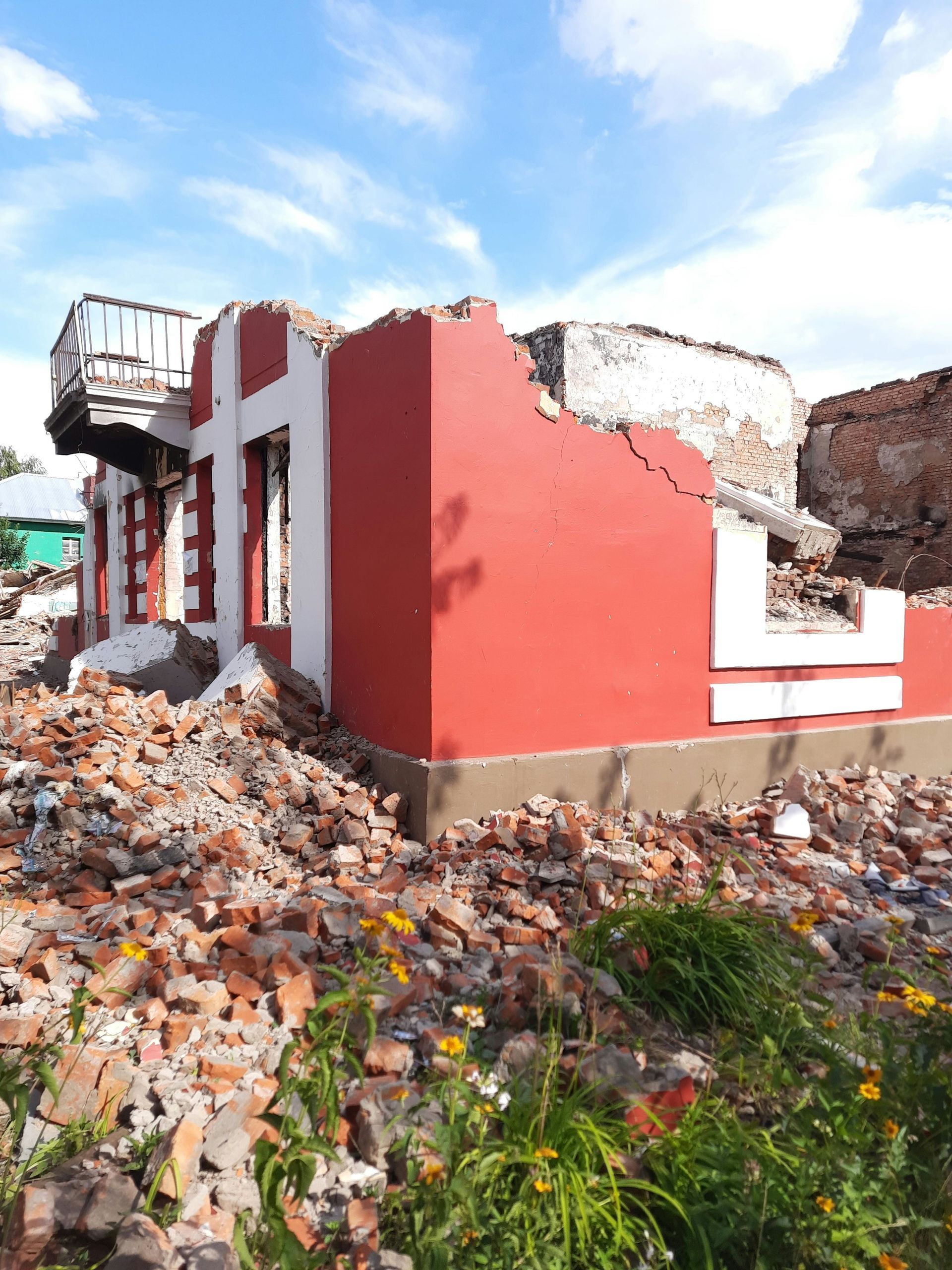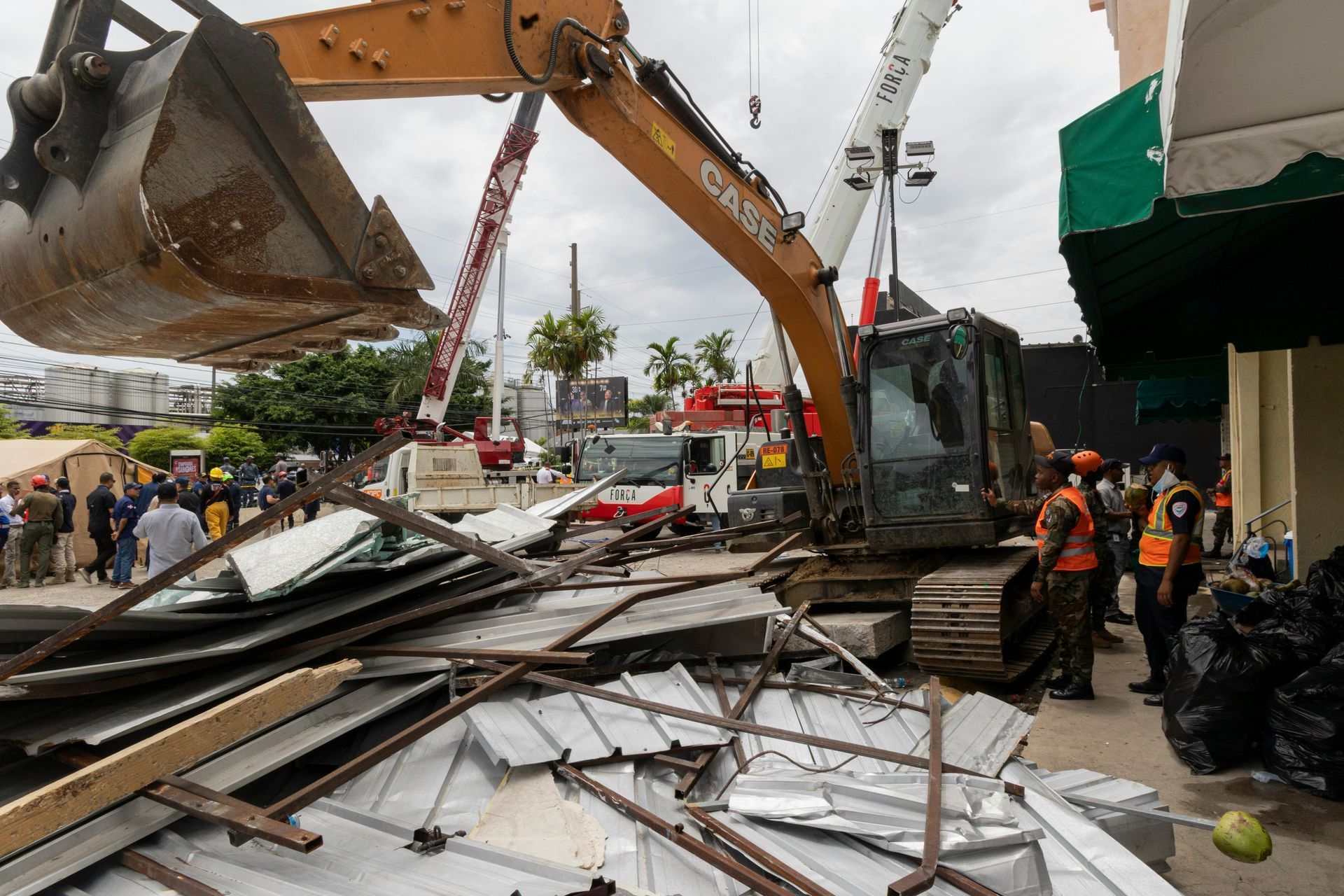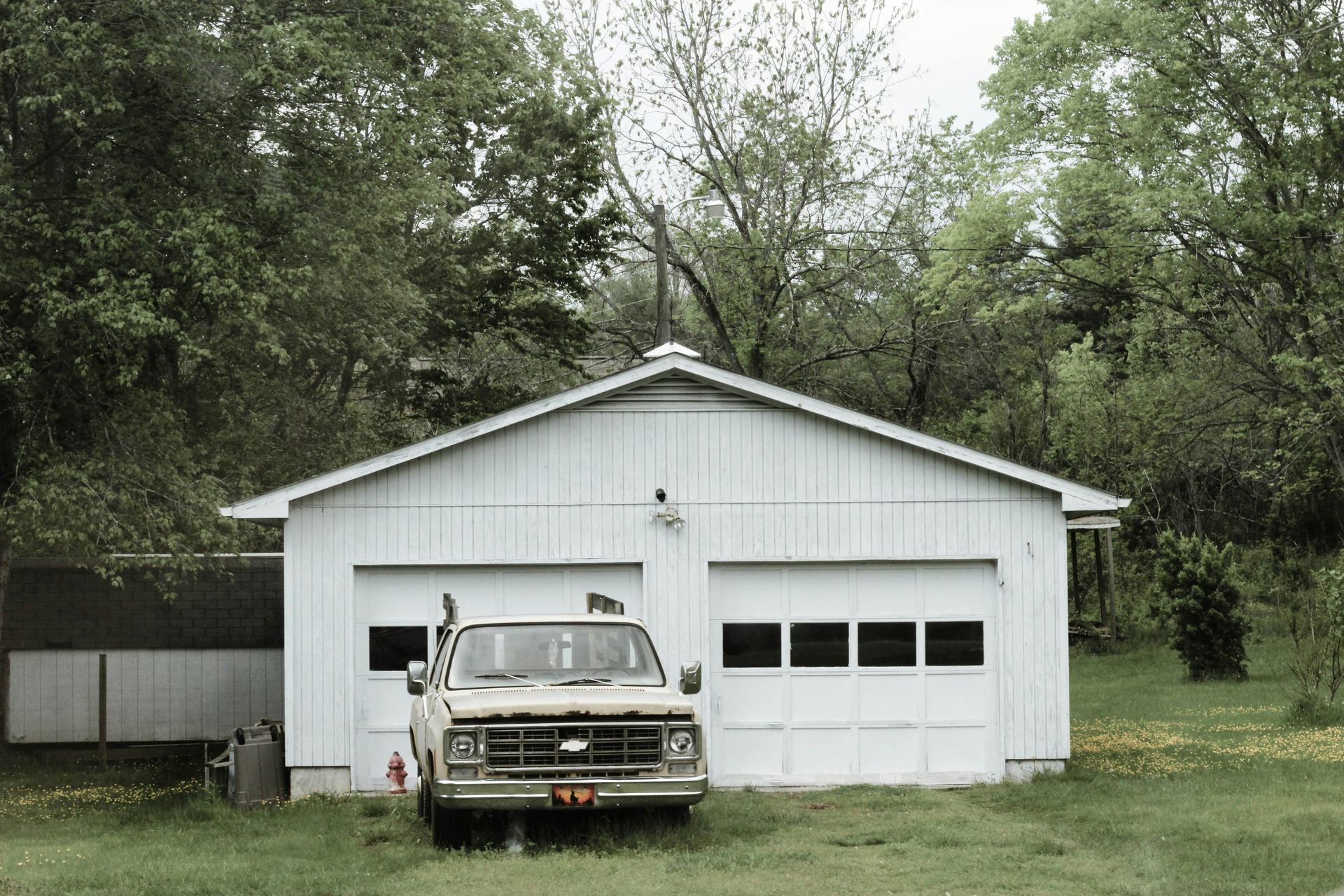The Importance of Asbestos Removal in Demolition
As we all know, demolition can be challenging and tedious at the same time. In fact, before starting with a demolition, there are so many considerations to make. One of the many considerations you will have to keep in mind is asbestos. Asbestos is a naturally occurring fibrous material. It was once a popular ingredient in construction materials due to its strength, heat resistance, and insulation properties. However, it was found out in the late 20th century that asbestos was linked to several serious health issues. The most common diseases it causes to people are lung cancer and mesothelioma. Because of this, it led to its ban in many countries. Unfortunately, many older buildings still contain asbestos, making its safe removal a critical aspect of any demolition project. In this blog post, we will look into the importance of asbestos removal during a demolition project.
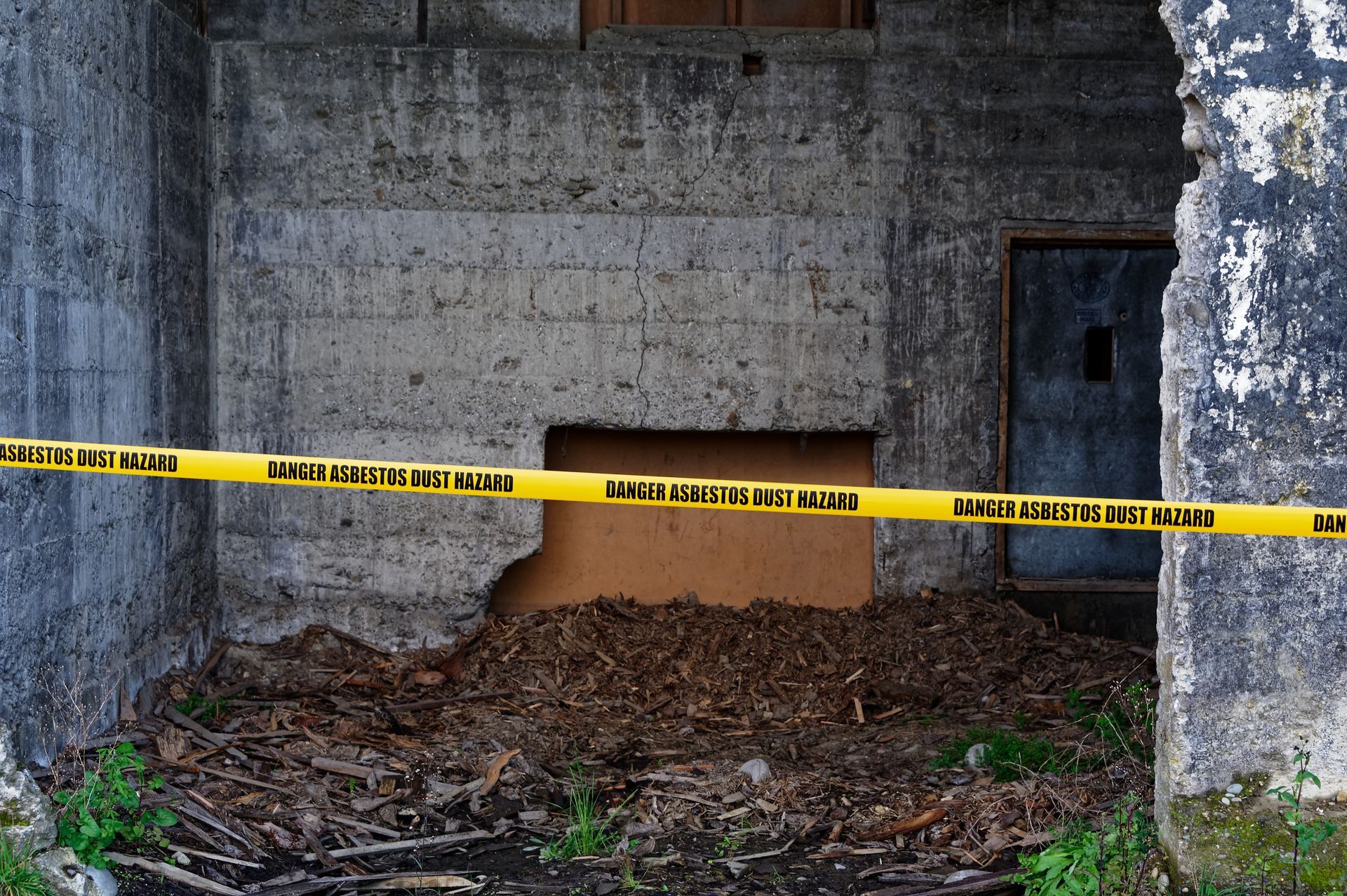
Why is Asbestos a Concern?
When asbestos-containing materials (ACMs) are intact and undisturbed, they generally do not pose a health risk. However, during demolition, these materials can be damaged or disturbed, releasing asbestos fibers into the air. Inhaling these fibers can lead to serious and often fatal health problems, including asbestosis, lung cancer, and mesothelioma. In addition, asbestos particles can remain in the air for a long time and be inhaled by people who are nearby. For these reasons, it is important to take safety precautions when working with or around asbestos materials.
Asbestos has been used in the construction industry since the late 19th century. However, due to its health risks, the use of asbestos started to be banned in most countries from the mid-1970s onwards. In some countries, it is still used today, but it is heavily regulated and monitored for safety.
The first country to ban asbestos was Canada in 1973. This was followed by other countries such as France and Germany in 1977 and 1979 respectively. The United States also began banning certain types of asbestos in 1989. By 2020, more than 60 countries had either completely banned or severely restricted the use of asbestos in construction materials.
Which Countries Banned the Use of Asbestos?
Since it was discovered that asbestos is a hazardous material that has been linked to a number of serious health conditions, including mesothelioma, a lot of countries have banned it. It has been banned in many countries due to its toxicity and other potential health risks. In the US, asbestos is banned from use in all new construction and renovation projects. Also, many other countries have taken steps to ban or restrict the use of asbestos in their own jurisdictions. Some of these include Canada, Australia, Japan, and the European Union.
Legal Obligations and Regulations
Before demolition, property owners are legally required to conduct an asbestos survey to identify and manage any ACMs present. Furthermore, the demolition process must comply with all relevant regulations to ensure the safe removal and disposal of asbestos. Failing to comply with these regulations can result in hefty fines and legal liabilities, not to mention the potential health risks to workers and the surrounding community.
The Asbestos Abatement Process
Asbestos abatement or removal should always be handled by licensed professionals. The process involves several steps, including:
Survey and Sampling
The property is thoroughly surveyed for the presence of asbestos. Samples are taken and sent to a lab for analysis.
Removal Plan
If asbestos is found, an abatement plan is drawn up. This plan details the methods and measures that will be used to remove and dispose of the asbestos safely.
Containment
The area is then sealed off to prevent the spread of asbestos fibers during the removal process.
Removal and Disposal
Trained professionals wearing protective equipment remove the ACMs. The waste is then securely packaged and transported to a licensed disposal facility.
Clearance Testing
After the removal, the area is tested again to ensure all asbestos has been removed. Once clearance is achieved, demolition can proceed.
Asbestos Removal: A Necessary Precaution
Proper asbestos removal is a crucial step in the demolition process. By ensuring the safe and efficient removal of this hazardous material, we protect not only the health of demolition workers but also the general public and the environment.
In the face of such potential risks, it's clear that asbestos abatement is a job for professionals. It's not just about knocking down a building; it's about making sure that the process is done safely and responsibly, with respect for the health and safety of all involved.
Remember, when it comes to asbestos, it's always better to be safe than sorry. If you suspect the presence of asbestos in your property and are planning a demolition, consult with a professional asbestos abatement company to ensure your project is handled safely and in compliance with all regulations. It's a step that cannot be ignored in the modern world of demolition.
Conclusion
Asbestos removal is an important step in the demolition process that must not be overlooked. It is essential to ensure that all asbestos-containing materials are removed safely and properly to avoid potential health hazards. The removal process should be conducted by a certified professional who has the necessary training and experience to do the job correctly. As pointed out several times above, asbestos can cause serious health problems if not handled properly, so it is important to take all the necessary precautions when dealing with it. It is also important to note that until this day, there is no cure for asbestos related diseases such as mesothelioma. That is why it is very important to take this demolition process seriously. Proper asbestos removal will help protect people from potential exposure and ensure that demolition projects are completed safely and efficiently.
First Step Demolition
Asbestos is indeed a hazardous material that can cause serious health problems and even death if it is not removed properly. That is why asbestos removal is an important step in ensuring the safety of your home, workplace, and community. And it should be done by qualified professionals who are trained to safely remove asbestos-containing materials from your environment. We don’t encourage people to take on this task by themselves, especially if they are not properly trained.
If you suspect that asbestos may be present in your home or workplace, do not hesitate to call First Step Demolition. We are always ready to help you remove this hazardous material so it will not put your health at risk. Rest assured that our team of professionals are well-equipped and properly trained to remove asbestos in any buildings or structures. We have done asbestos removal several times and we are confident that we can do this job effectively and efficiently. Removing asbestos from your environment can help to protect the health and safety of those around you and keep everyone safe from potential harm. Call us today so we can give you a free consultation.
